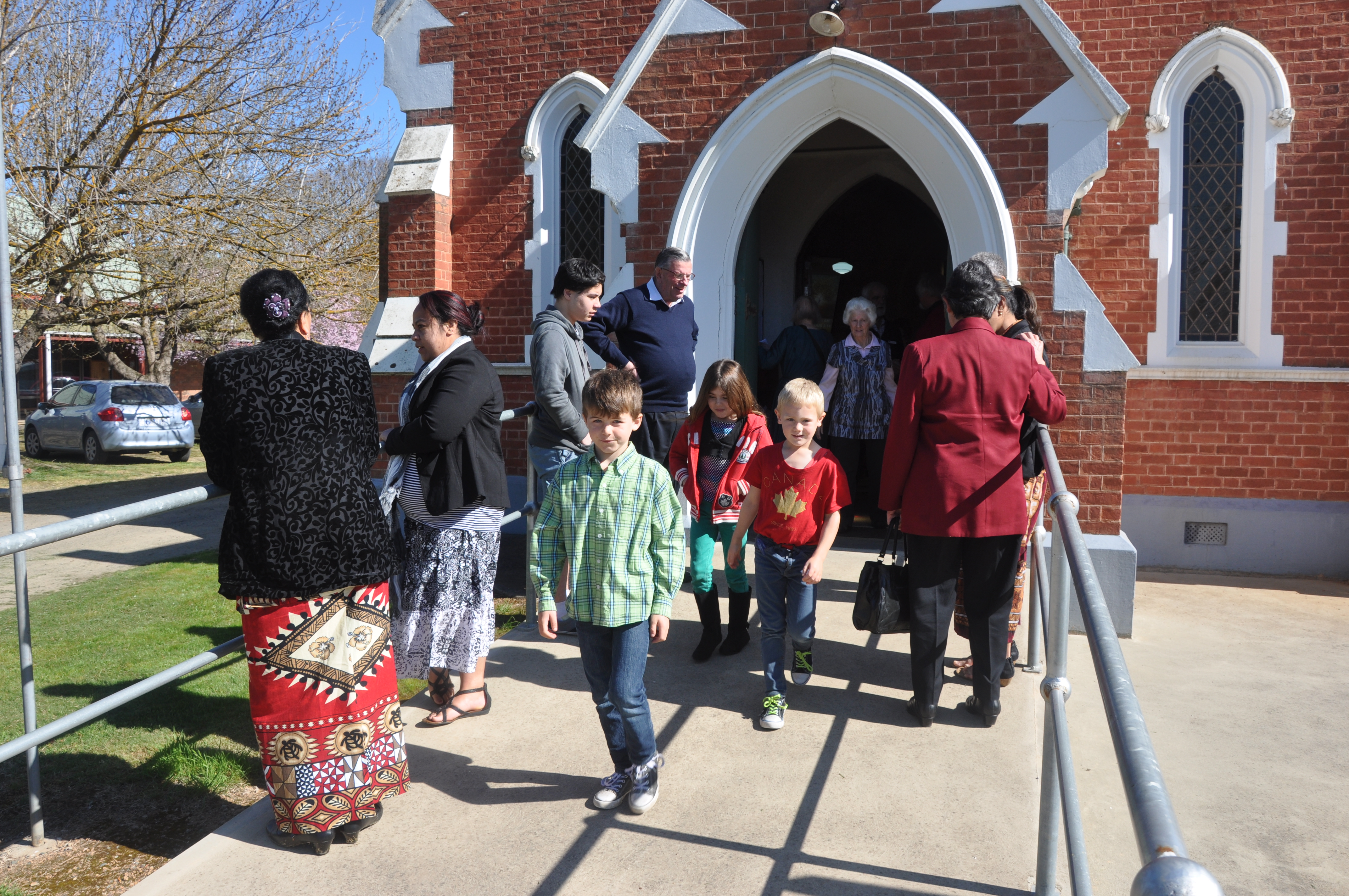Music is such an essential part of worship. The best hymns engage us from the start while speaking the language of faith and teaching it through repetition. Singing is engaging because it requires both sides of the brain. The words tickle the logical left and the melodies stimulate the emotional right. The integration of both during worship heightens emotions created by sharing an experience with others.
Words set to a tune are more likely to be recalled than plain verse. Biblical teachings and imagery contained in hymns stick; they influence thought and behaviour more effectively than sermons, for instance. Christians learn much of their theology through hymns. Increasingly, these reflect the growing ecumenical experience among the churches.
More than any other part of the liturgy, hymns belong to the whole people of God. They have many functions within the life of a worshipping community, but essentially they provide the opportunity for “communal participation” where the congregation sings the story of faith in action.
Hymn singing can be described as “theology turned to faith, dogma turned to doxology”, each hymn being “a piece of the story”. It is the hymns, repeated over and over again, which form the container of much of our faith. They are probably, in our age, the only confessional documents we learn by heart.
But in small congregations the loss of the organist or if we want to try out a more modern hymns some organists can struggle with the newer style and be reluctant to play. There is recorded music available online, but in a small congregation large choir accompaniment or large pipe organs can sound too grand or too fancy for a small congregation.
These recordings are deliberately low key. Simple arrangements with a small ecumenical group of singers accompanying the hymns make these recordings particularly suitable for use in small churches, home groups and age care facilities.


Recent Comments